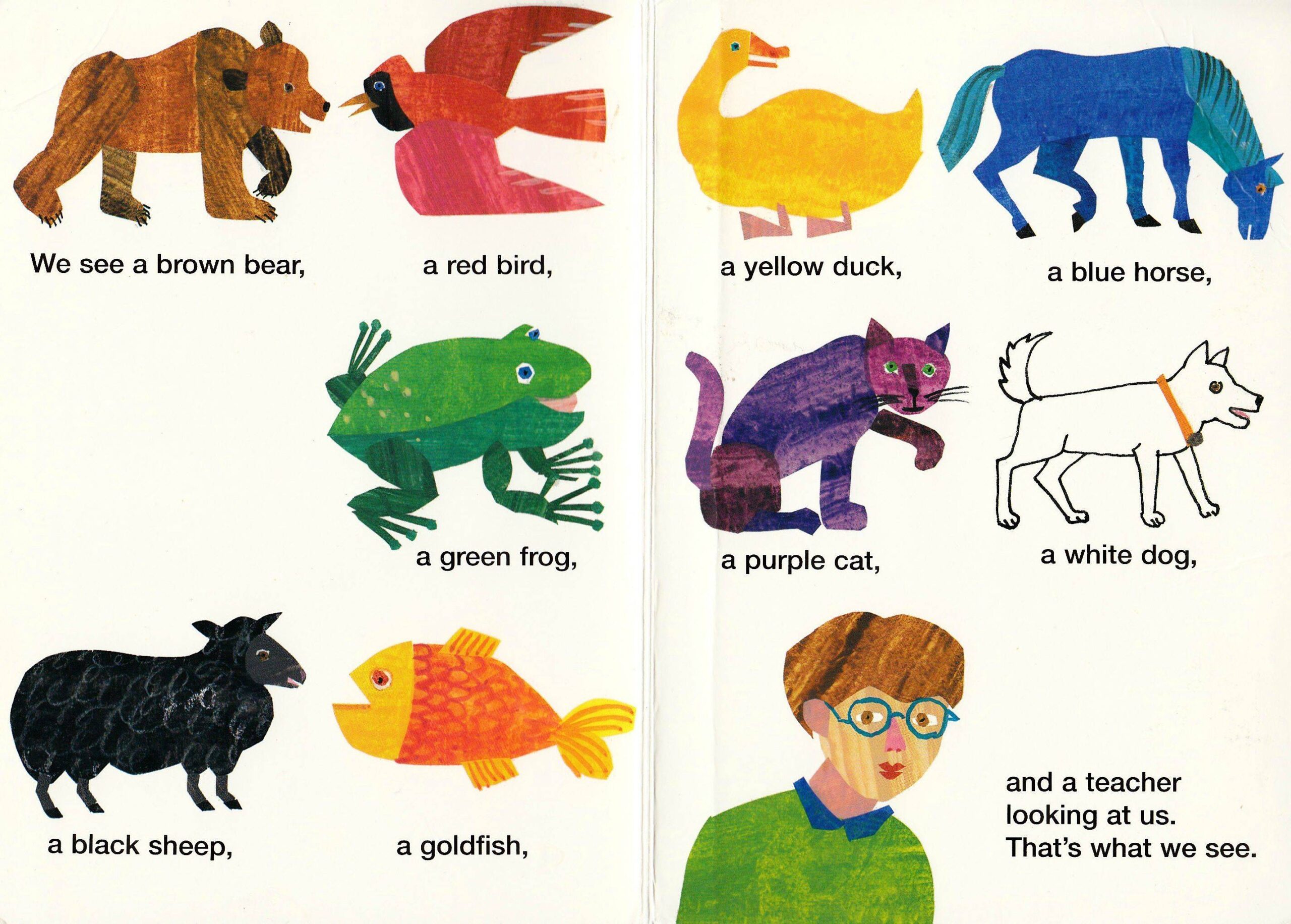By Maria – Nefeli Andredaki,
Being lucky enough to work in a language school that values literature, I have had the opportunity to discover new, diverse and heart-warming stories that are unanimously loved by all of my students. Here are some recommendations if you want to delve deeper into the world of children’s literature, either for your own personal enjoyment or for your lesson plans.
The Gruffalo
The Gruffalo is a clever story written by Julia Donaldson and illustrated by the talented Axel Scheffler, both of whom have, evidently, great experience in the world of children’s literature. In the story, a mouse is led to come up with an imaginative and elaborate story, in order to outwit the forest predators that threaten its existence. To protect itself, the mouse scares the other animals with the idea of the Gruffalo, a scary monster-like creature that… turns out to be real! The mouse is faced with the consequences of its own story and this is the perfect opportunity to showcase its intelligence and bravery. The book is perfect for little English-learners due to its rhythmic, rhyming and repetitive text. The word-image association is also very spot-on and helps with vocabulary memorization. The story itself could also inspire a great end-of-the-year performance adaptation!
Brown Bear, Brown Bear, What Do You See?
Eric Carle, author of the well-loved “The Very Hungry Caterpillar”, which I had mentioned in part 1 of this article series, is here to save the day when you need to revise basic vocabulary in a creative and entertaining way. “Brown Bear, Brown Bear, What Do You See?” is a classic that will save you time and effort, while also stimulating the readers’ imagination. The repetitive text in a question-answer form encourages learners to guess and participate in this fun endeavor of discovering the world through the Bear’s eyes. I have personally used this in a junior class and, let me tell you, it was way more effective than a simple dictation or “fill in the gaps” activity!

How The Grinch Stole Christmas!
Dr. Seuss is a huge name in the world of children’s literature and The Grinch is an all-time-classic. Instead of watching the movie before Christmas break, which everyone has probably watched, how about you get everyone in a circle and read this cozy story together? The rhythmic text and word patterns ring true for this book too. However, what makes it different from the rest of the recommendations on the list are the themes of kindness, generosity and experiencing a change of heart. Plus, the true meaning of Christmas being the joy you share with others and not material things is a lovely message.
As mentioned before, books are the best way to learn a language. In order to reach fluency and proficiency, we need to instill a love of reading into our young learners and introduce them to stories that will inspire and captivate them.
References
- Donaldson Julia. The Gruffalo. Macmillan Children’s Books. UK. 1999
- Martin Jr. Bill. Brown Bear, Brown Bear, What Do You See? Henry Holt and Company. USA 1967
- Dr Seuss. How the Grinch Stole Christmas! Random House. USA. 1957.




